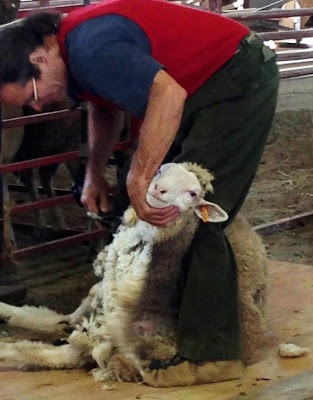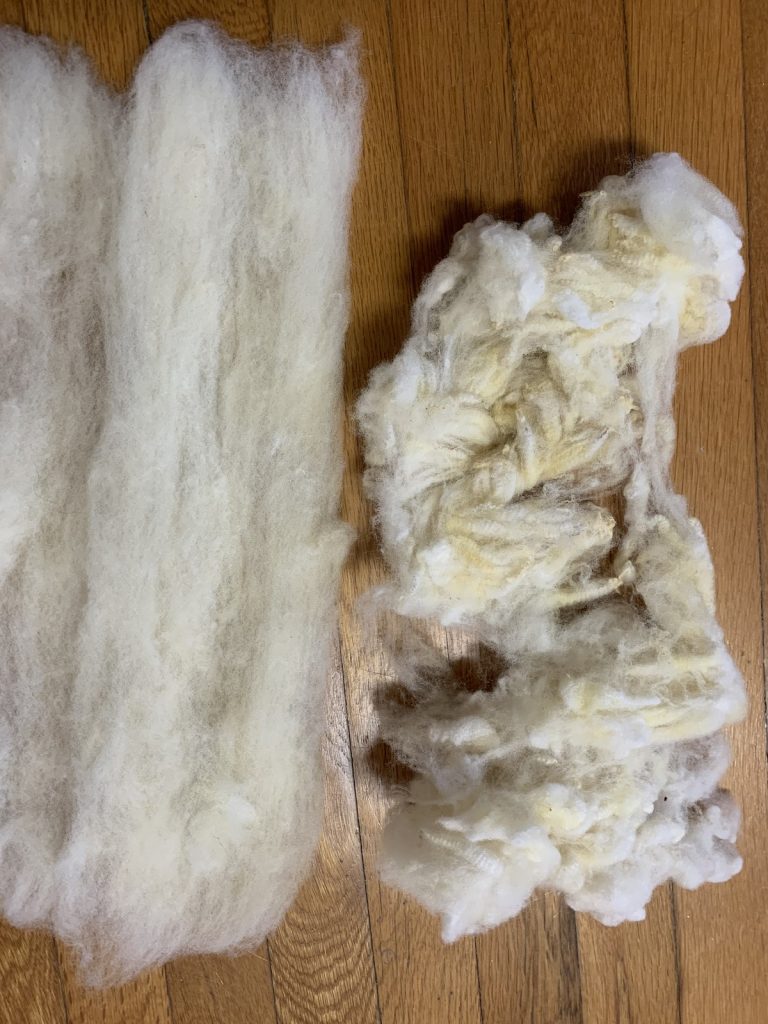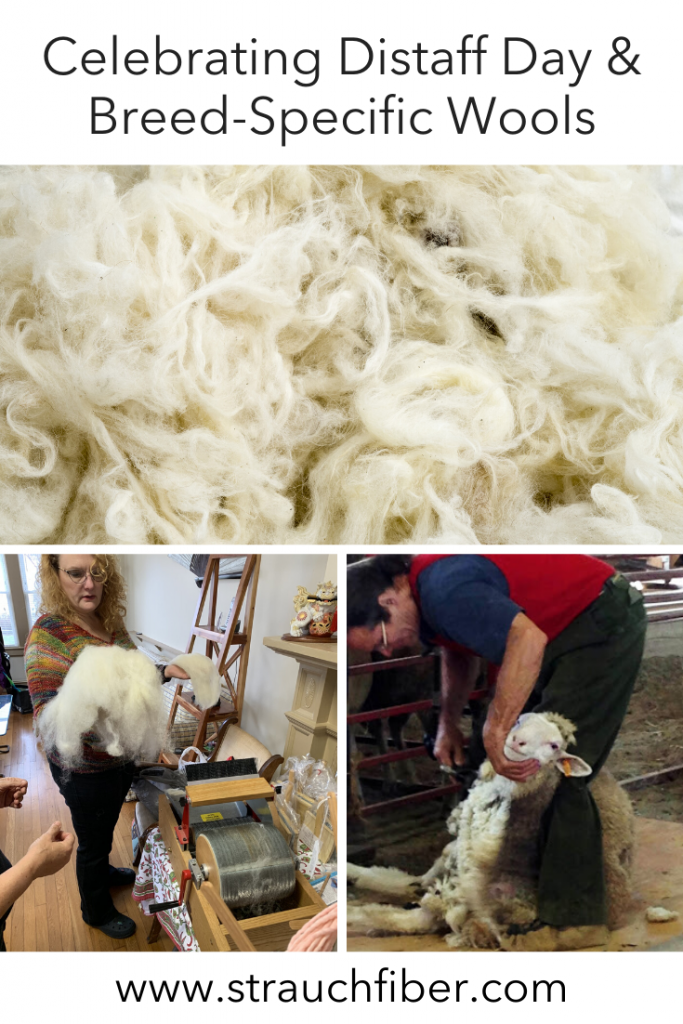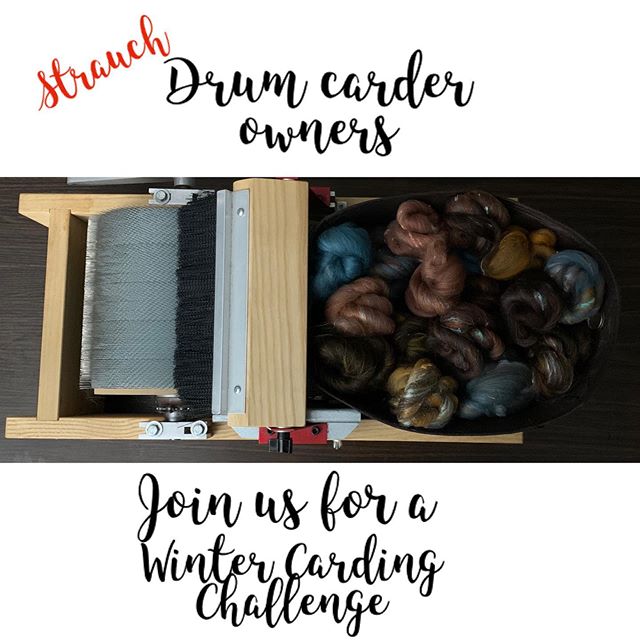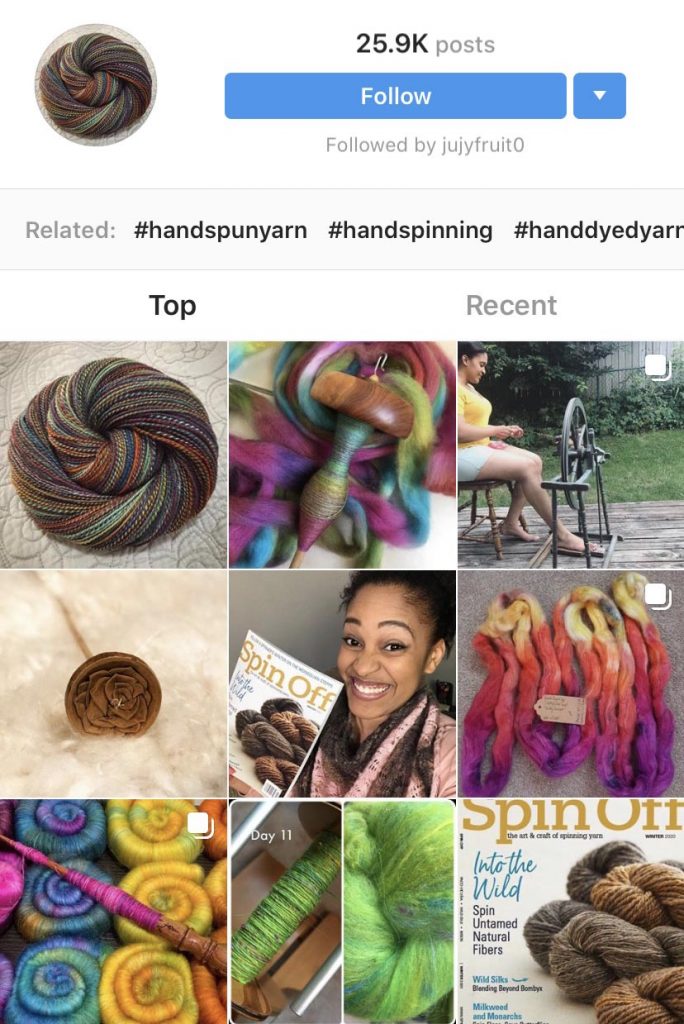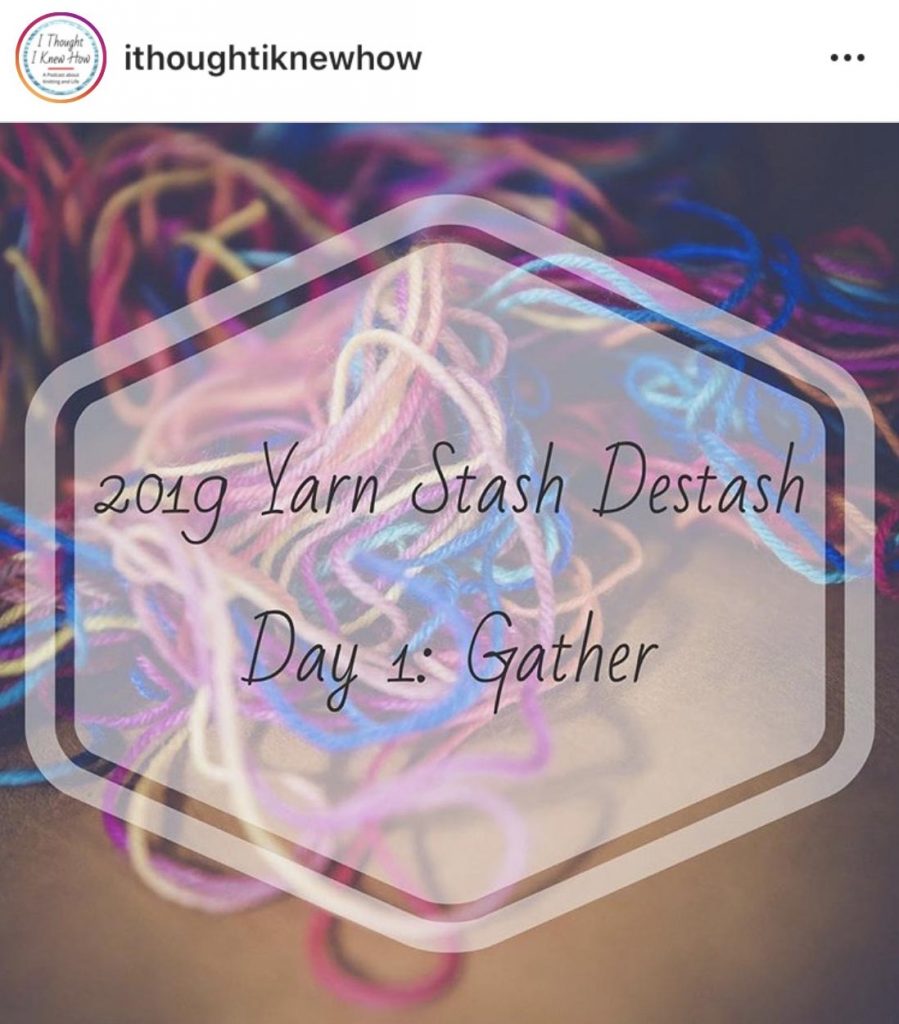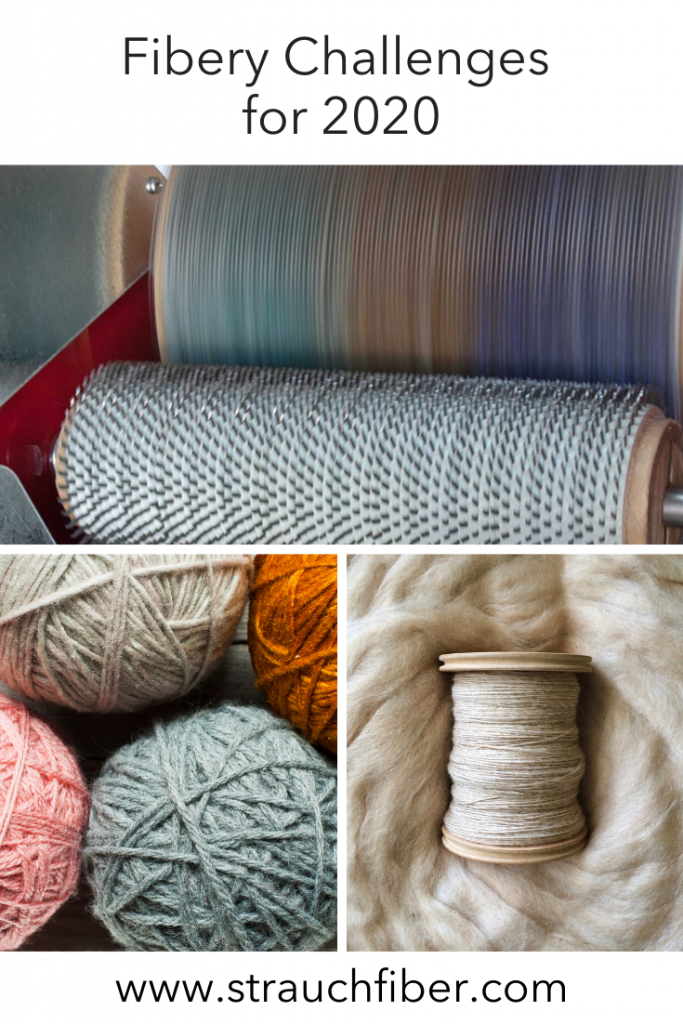There are plenty of tantalizing dyed fibers and batts available for today’s fiber artist, but the further you explore the world of breed-specific fibers, the more likely you are to find them in their natural, undyed state. While these natural colors are beautiful on their own, sometimes you want to add a little color to your life! Today, we’ll introduce you to the wonderful world of fiber dyeing, and share our favorite tips and tutorials to get you started!
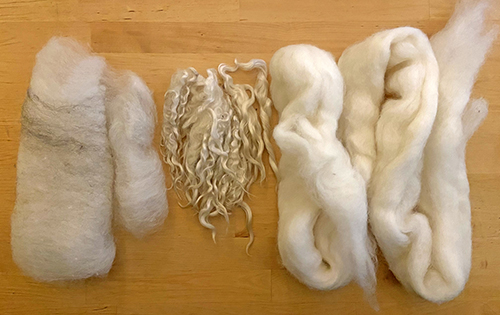
A selection of undyed fibers.
What Fibers Can You Dye?
Most of us are familiar with hand-dyed yarns, but fibers can also be dyed prior to the spinning process (this is known as being dyed in the wool). Unprocessed fibers and non-commercially prepared fibers can be a little more challenging to dye, but dyeing these fibers allows for greater depth of color and more control over how the colors can be used during the handspinning process. Prepared fibers (such as top and roving), wool or mohair locks, silk cocoons and even carded batts can all be dyed prior to spinning or felting. Also keep in mind, that your fibers don’t have to be uniformly cream or white – natural shades of brown and grey can add depth and visual interest when overdyed or blended with white fibers for a tweedy or heathered look. Don’t be afraid to experiment!
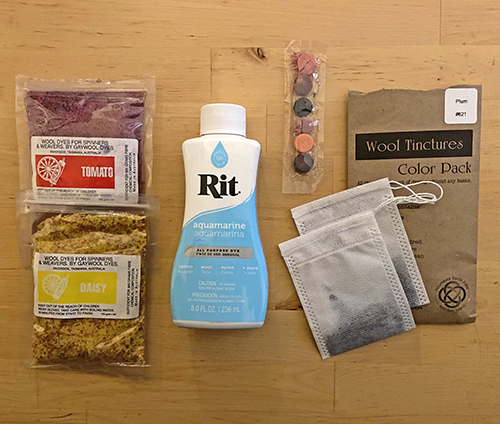
Types of dye
3 Common Types of Dye
- Food coloring, Kool-Aid & Easter egg dye: These dyes are safe to use in the kitchen and are a great entry point to the world of hand dyed yarn!
- Powder & Chemical dyes: These dyes can be used for both professional and at-home dyeing, and are relatively afforbale and easy to use with consistent results. While most of these dyes are labeled non-toxic, a well-ventilated space and careful attention to safety measures is still recommended.
- Natural Dyes: plants, flowers, and even some common household items like onion skins and black beans can be used to add color to your fibers! Natural dyeing often requires the use of mordants, or an agent which helps the dye adhere to the fiber (note: some of these mordants are quite toxic and similar safety precautions to chemical dyes). While some natural dye processes are relatively easy, others are quite labor-intensive, with less consistent results.
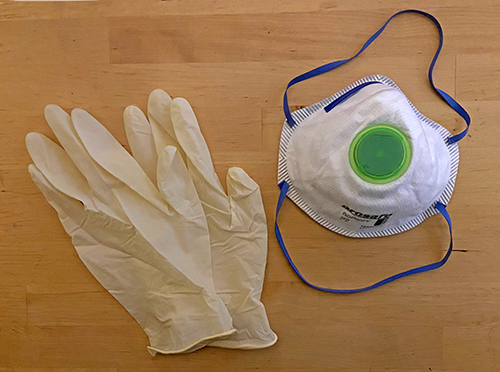
Personal protective equipment for dyeing
Additional Dyeing Supplies
Personal protective equipment such as masks and gloves are recommended, even if you are using “safe” dyes such as Kool-aid or food coloring. Some dyers cover their workspace with plastic wrap or craft paper to make cleanup easier; setting up a dye station outdoors is another way to minimize messes in your regular living space.
You will need a container large enough to hold your fibers and the dye bath (water mixed with dye); in nearly all cases, this container will need to be heat-safe. A large metal or enamel pot is ideal for stovetop dyeing (as long as it doesn’t contain aluminum), or you can use a dedicated crock pot if you intend to make dyeing a regular part of your routine. If you decide to use the microwave to set your dye, make sure that the dish is microwave safe.
You will also need measuring equipment, mixing containers and tongs or spoons for stirring dyebaths and removing your fibers. While yarn and even some prepared fibers can be added directly to the dyebath with few issues, batts, locks and other fibers are more delicate and will need to either be steamed in a basket or immersed in the dye bath in a protective mesh bag. Needless to say, all of these items will need to be labeled only for use when dyeing, and should not be used to prepare food in the kitchen once they have been used for dyeing.
Finally, citric acid or vinegar is frequently used to help set the dye, but you will need to consult the instructions on your chosen dyes to see what additions need to be made to the dye bath, if any. Dish soap or wool wash is frequently used by dyers to help work the dye evently throughout fibers.
Dyeing Tutorials & Resources
Now that you have an overview of what you need to explore dyeing at home, here are some links to beginner-friendly tutorials to try out!
- Dyeing Yarn: A Beginner’s Guide from fiberartsy.com
- Kool Aid Dyeing Tutorial from knitty.com
- How to Dye Yarn in a Crock Pot from fiberartsy.com
- Natural Dyeing from Homestead Honey
- Dyeing with Wilton Icing from Shiny Happy World
We share loads more DIY dye tutorials here on Pinterest. Make sure to share your fiber dyeing adventures with us on social media using #strauchfiber in your posts!
Like this post? Pin it!
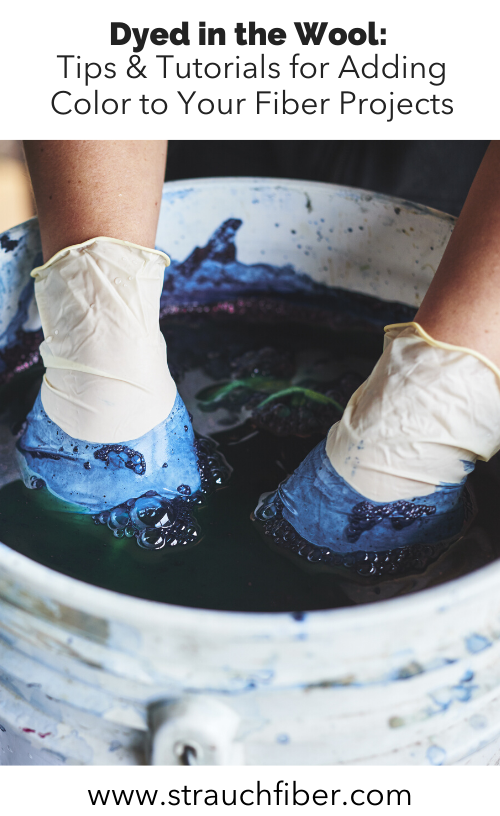
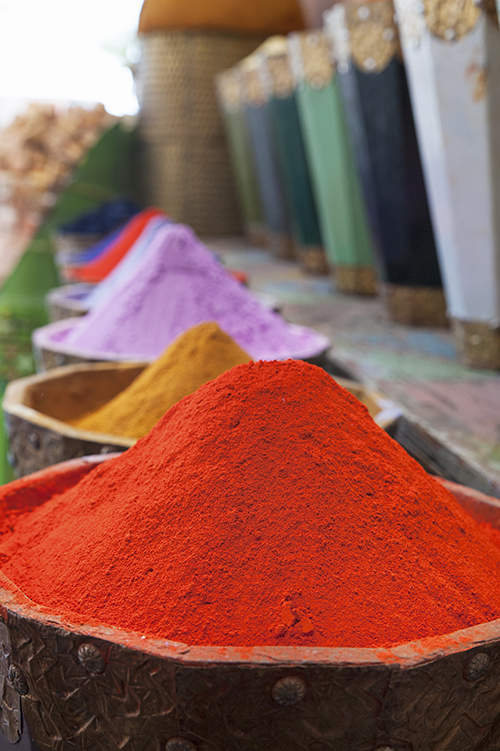

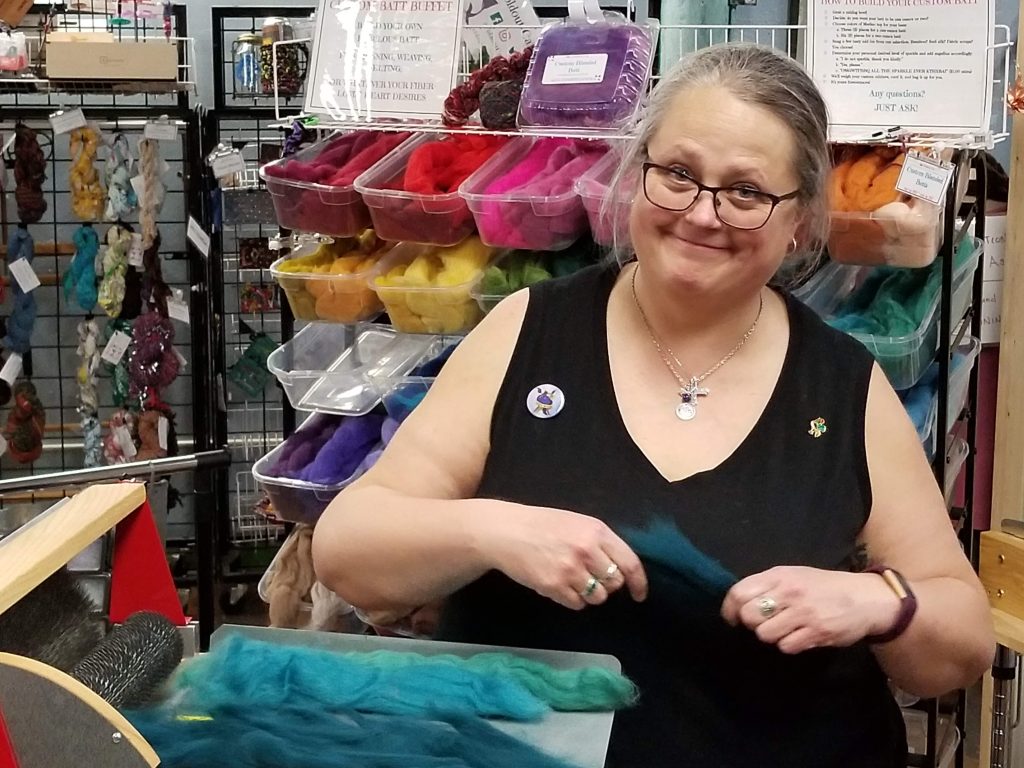

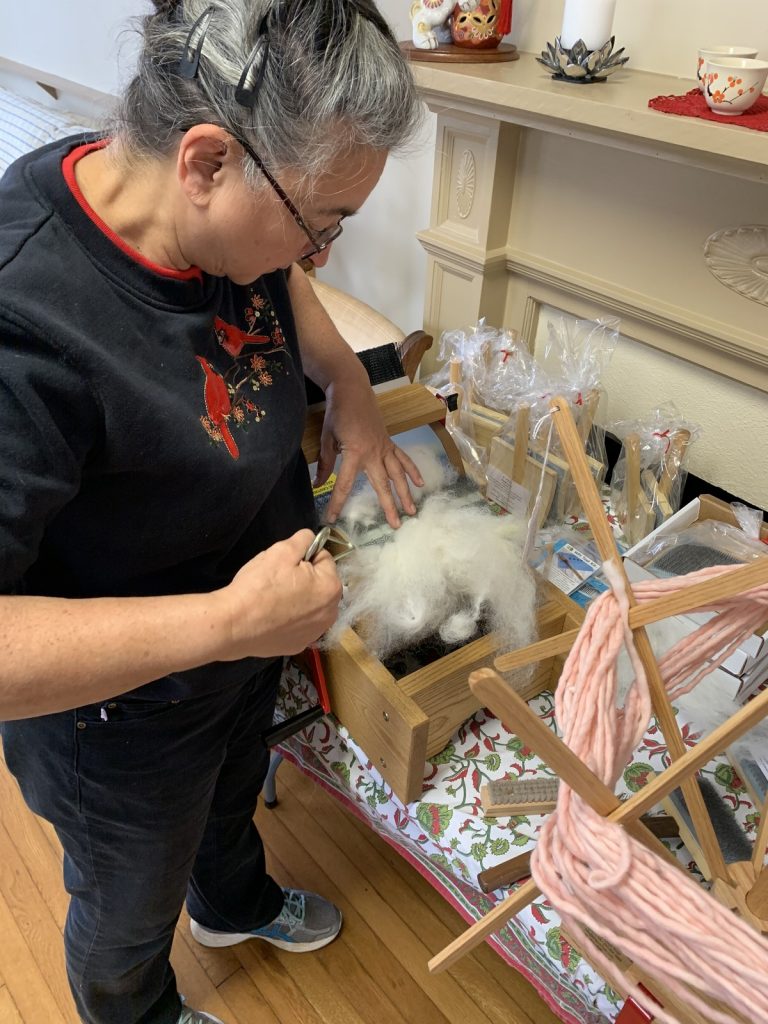
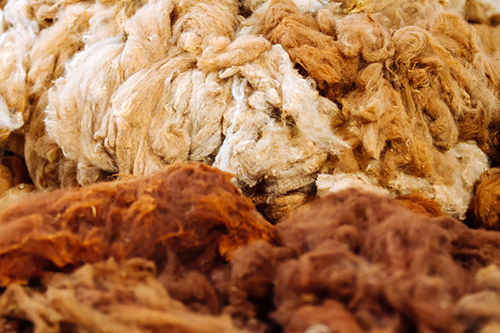
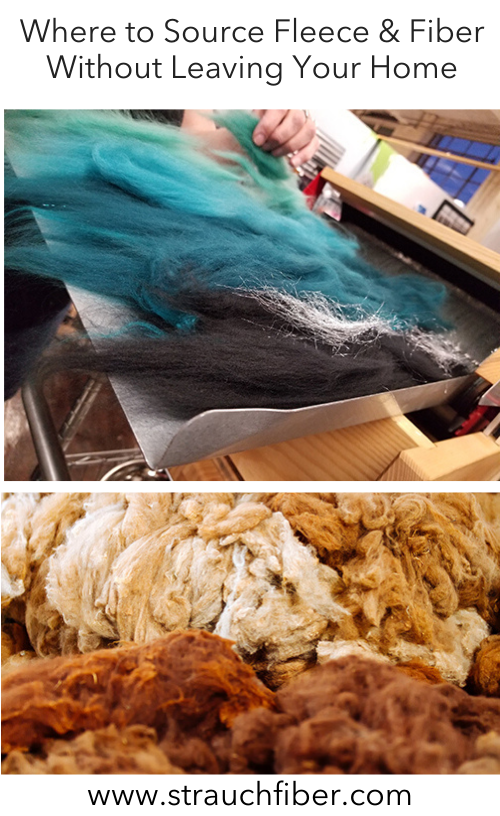
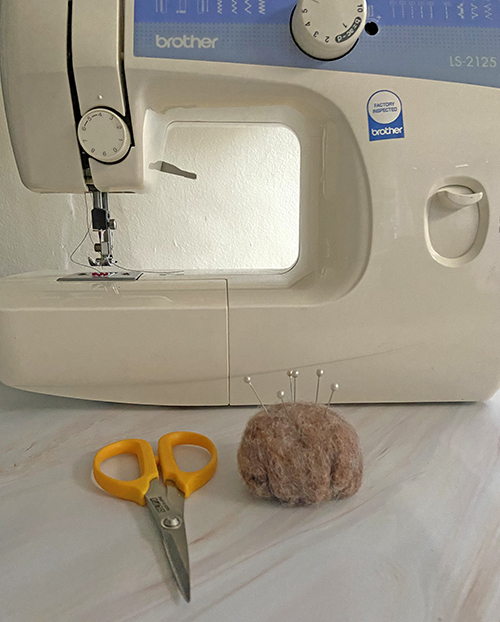
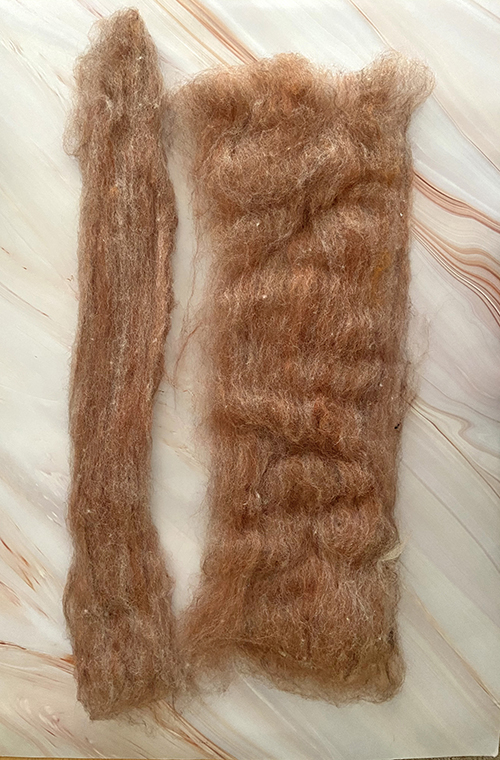
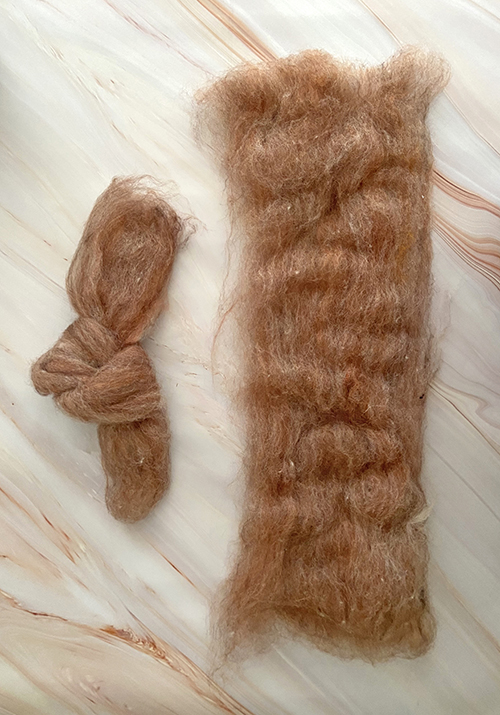
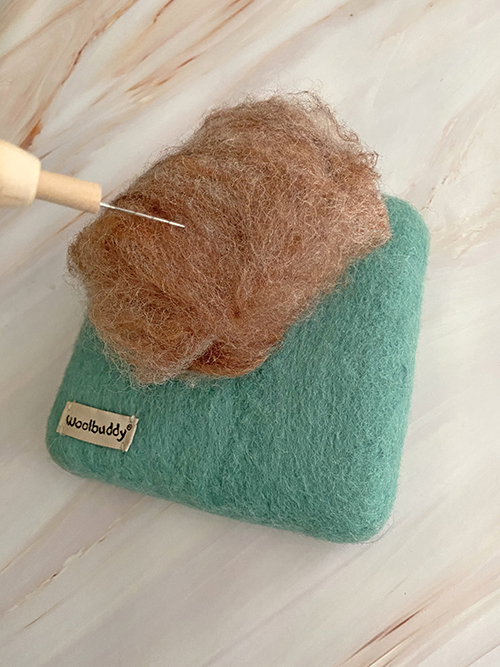
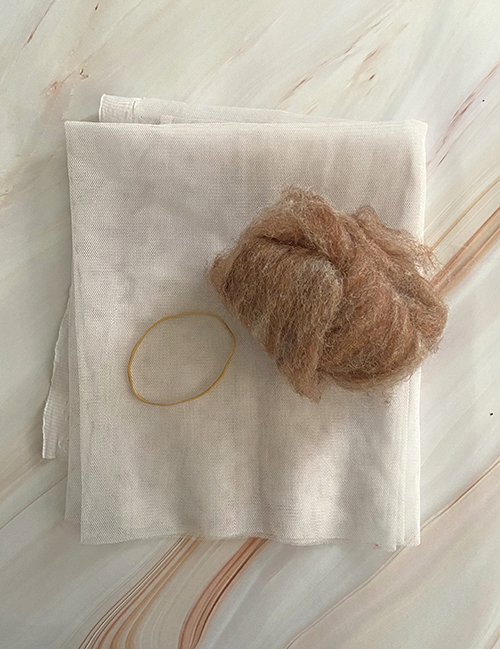
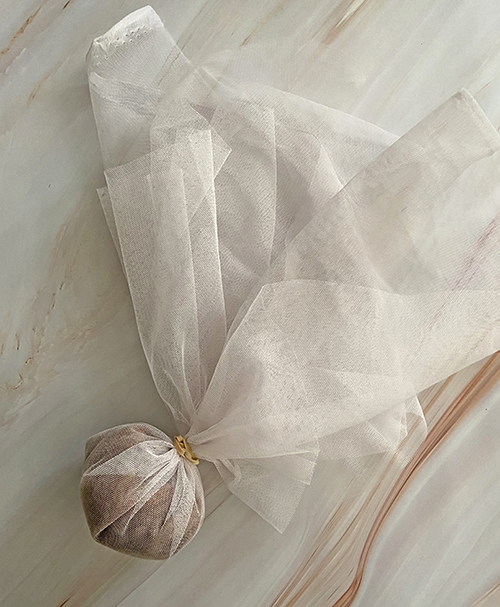
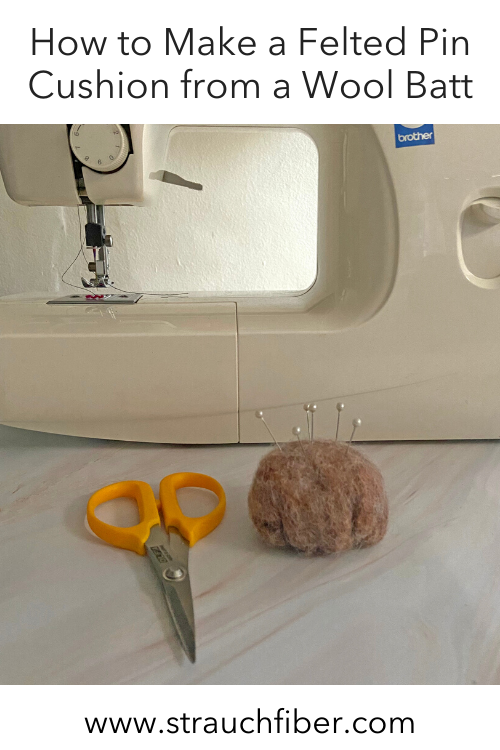
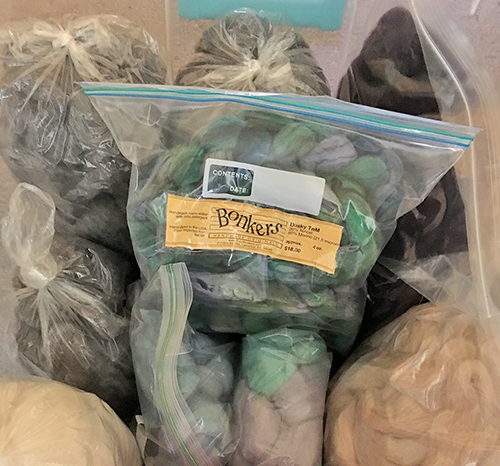
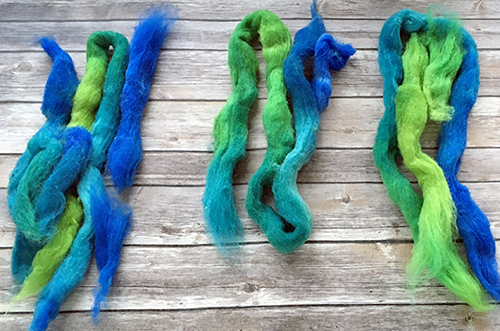

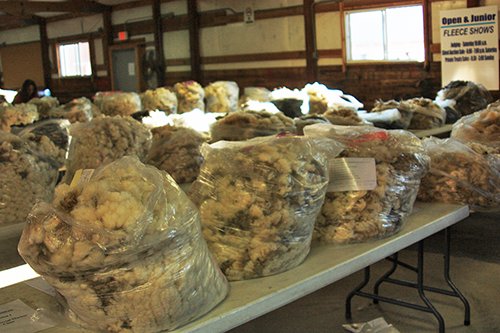
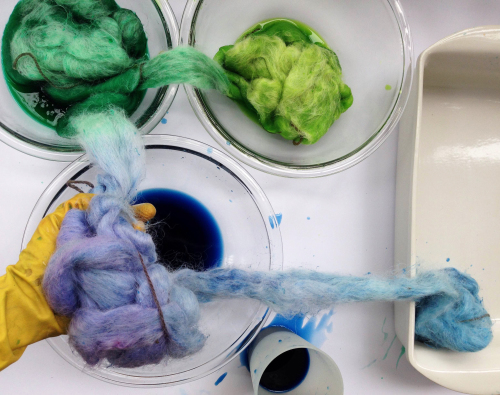
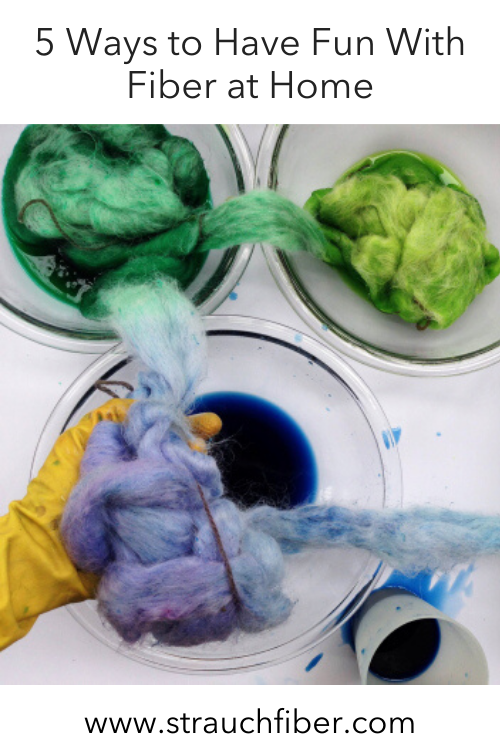
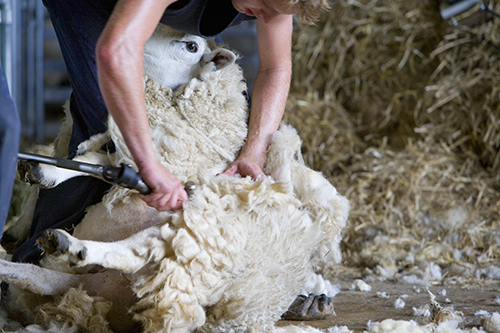
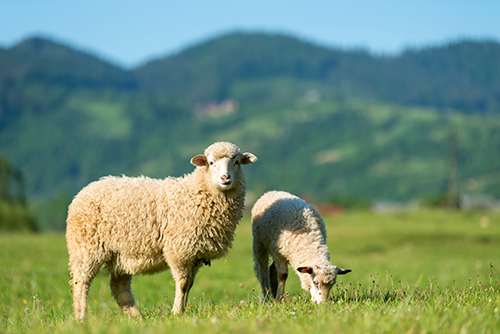
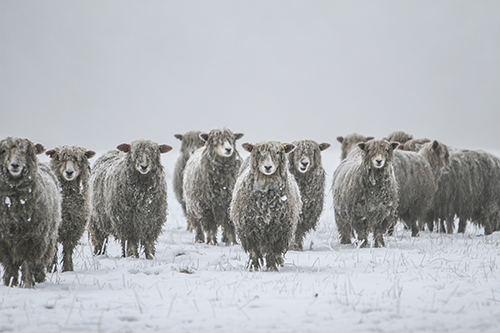
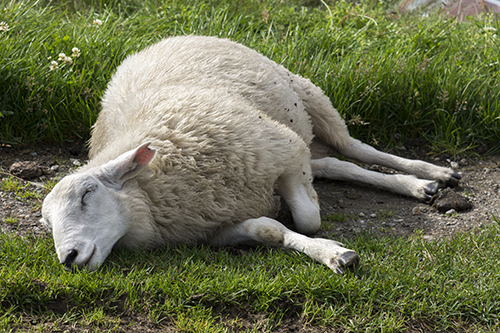
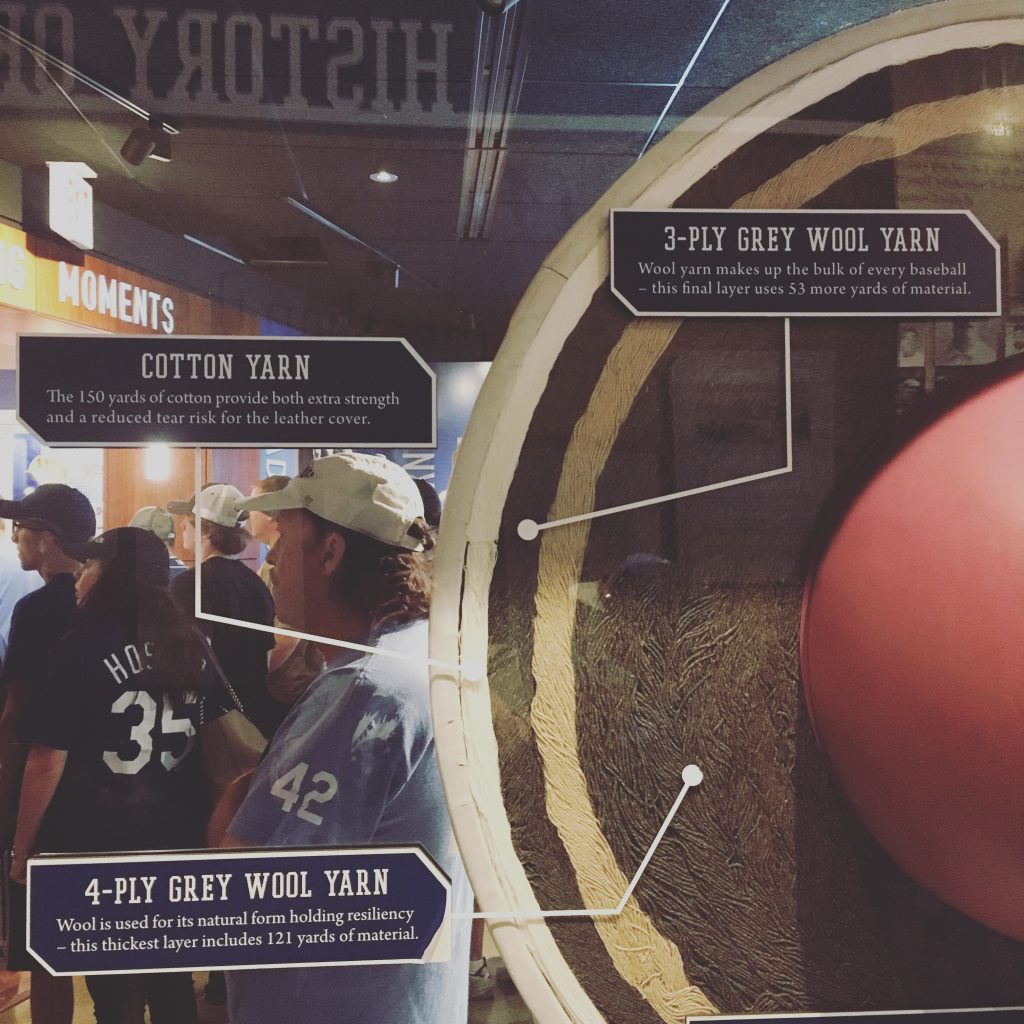
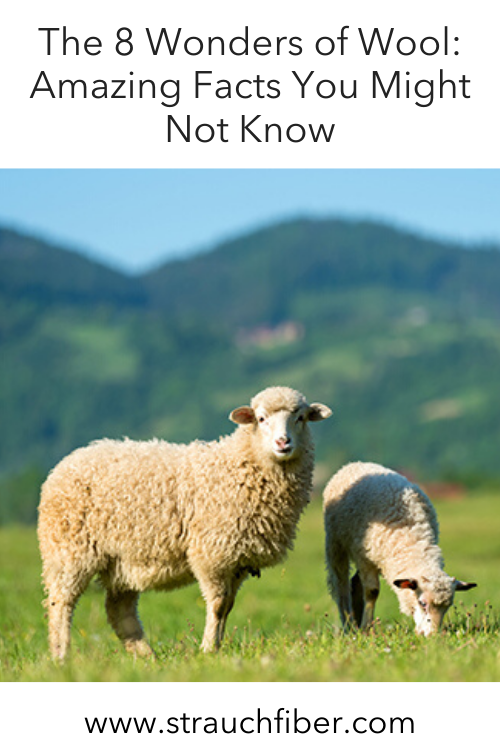
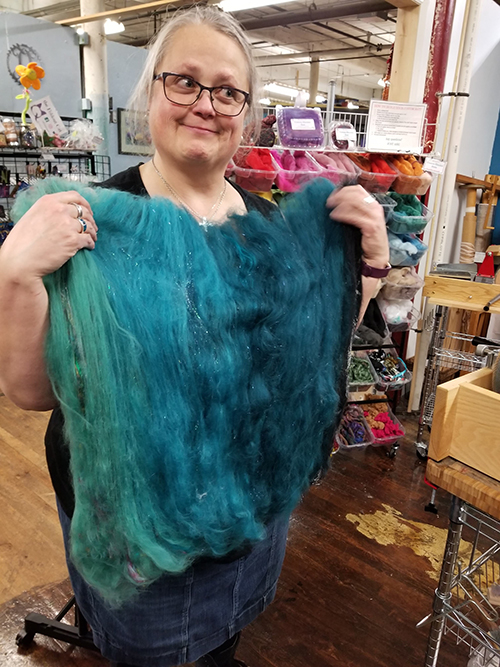
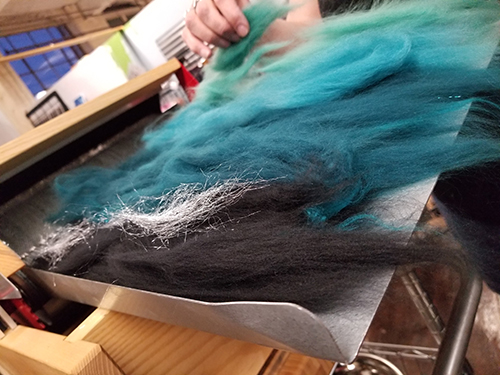
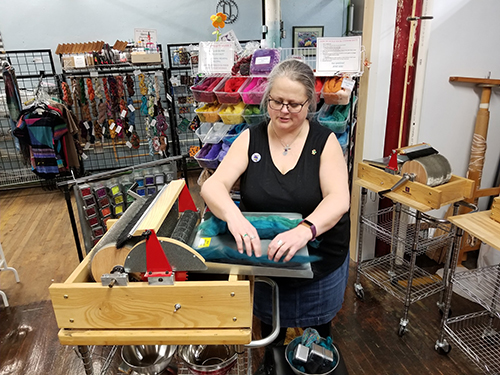
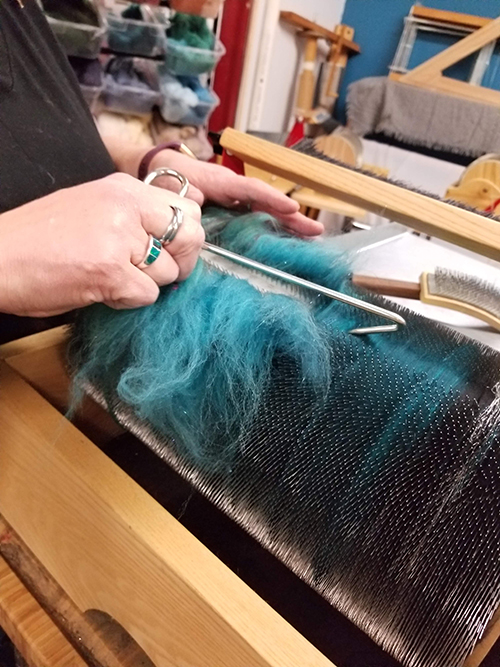
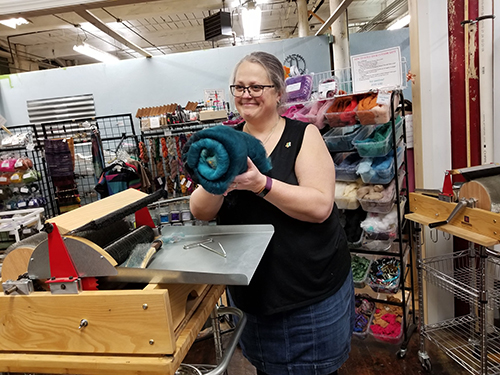
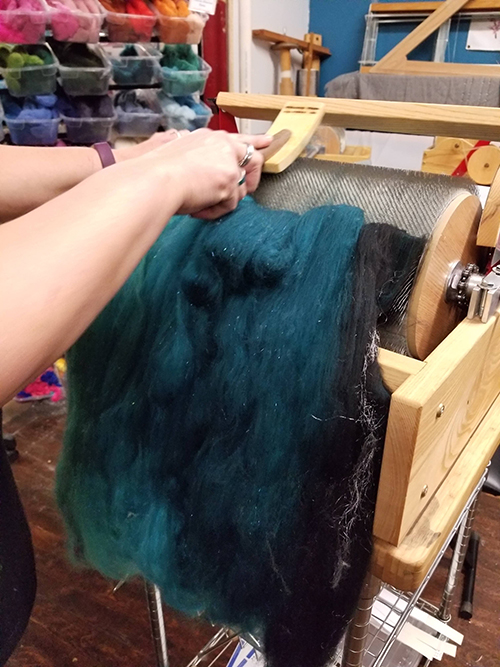
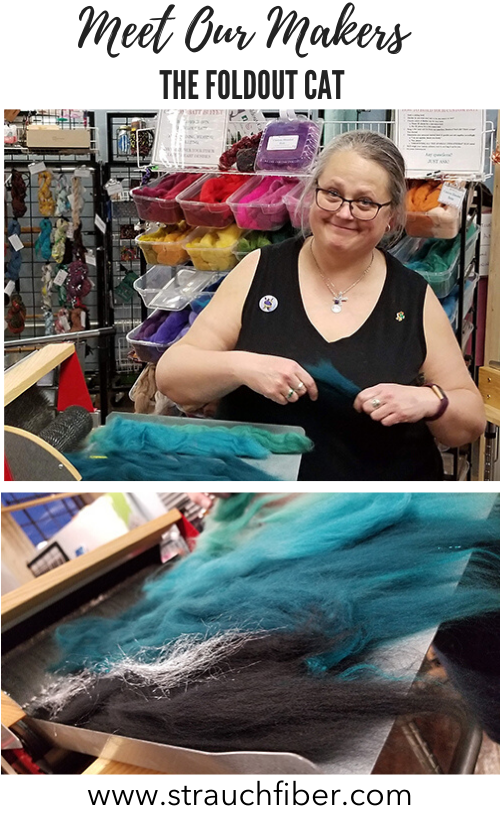
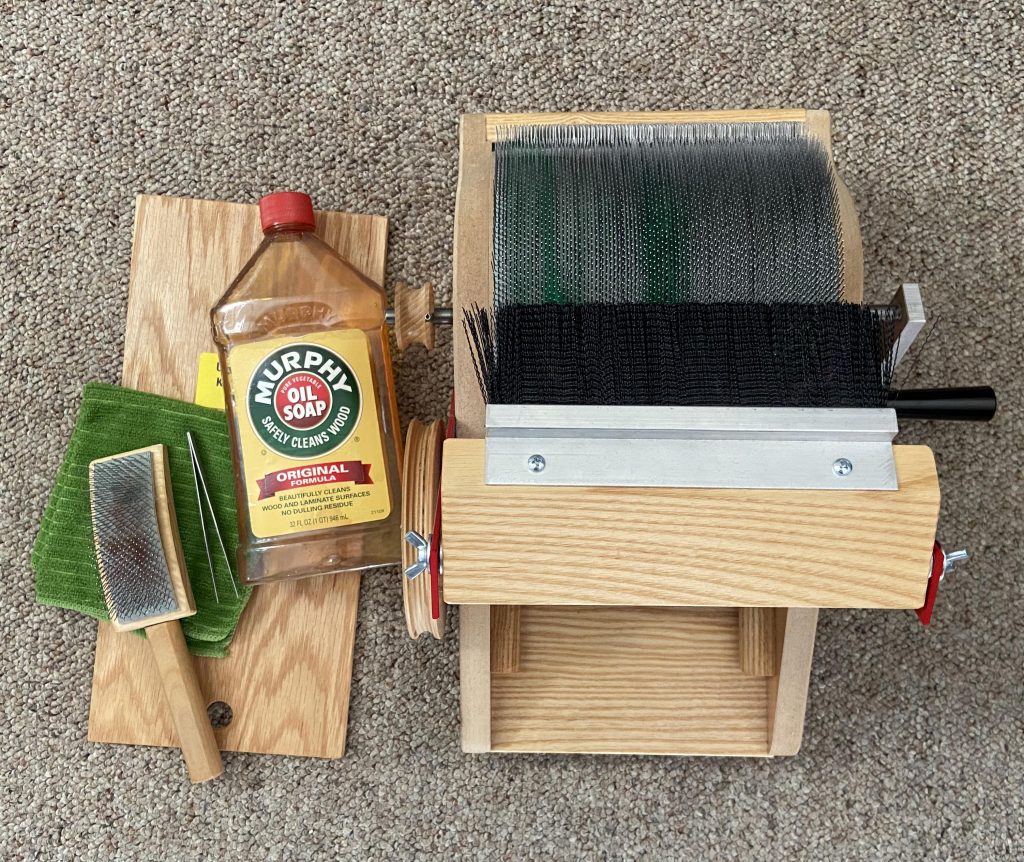

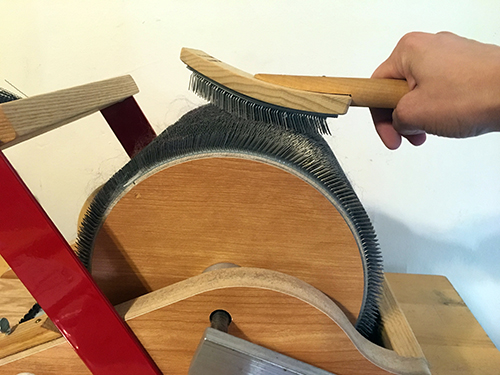
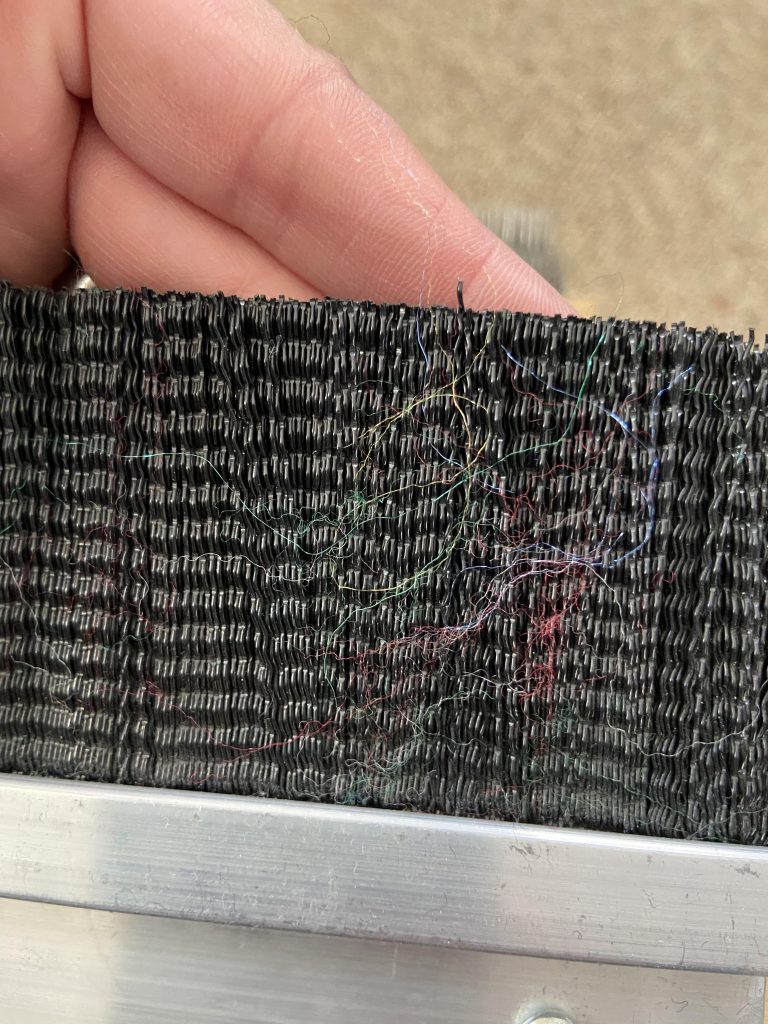
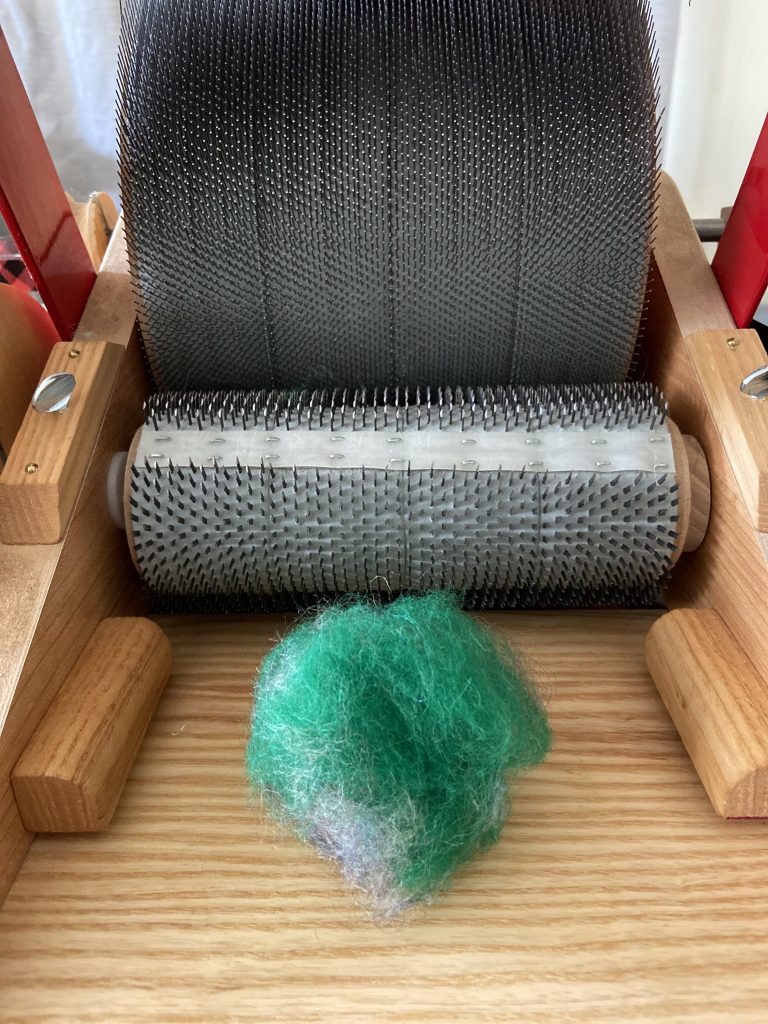


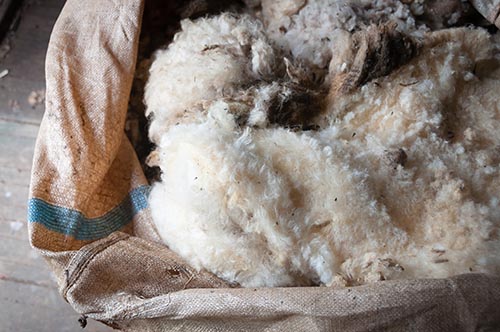
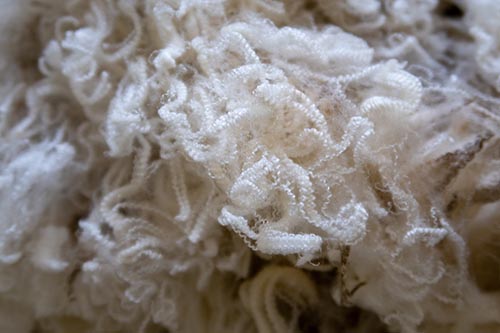
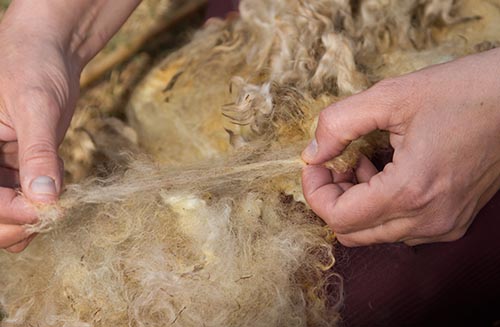
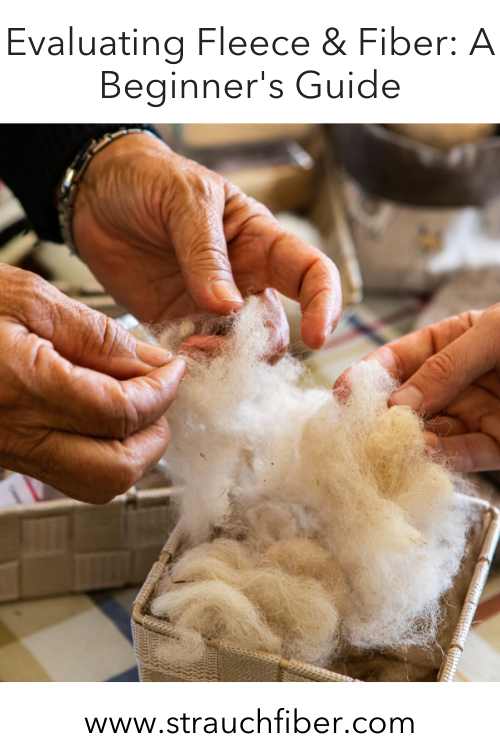
![The Spinner by William-Adolphe Bouguereau [Public domain]](http://www.strauchfiber.com/wordpress/wp-content/uploads/2020/01/328px-William-adolphe_bouguereau_the_spinner.jpg)

